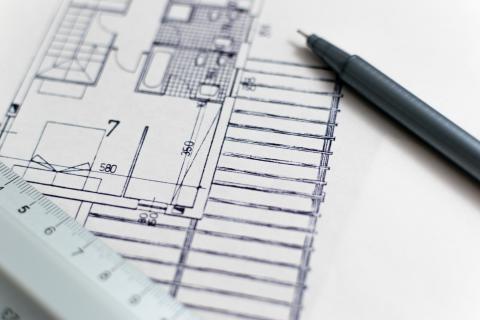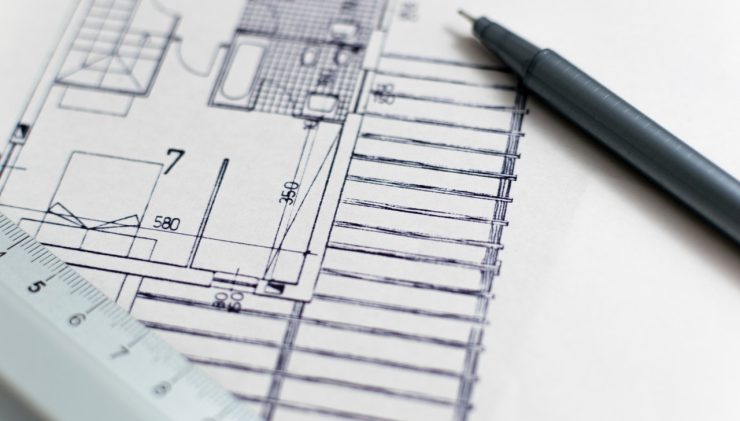 Professional Practices: Systematize Processes to Control Your Risks
Professional Practices: Systematize Processes to Control Your RisksBelow are the most common questions that existing and prospective Professional Practice Insurance Brokers (PPIB) business insurance clients ask about A&E professional liability coverage:
1. What type of protection does professional liability insurance provide?
Professional liability insurance protects your business from claims alleged to have been caused from the firm’s professional service activities. The policy covers claims for bodily injury, property damage, or economic losses. This differs from commercial general liability policies, which limit coverage to bodily injury and property damage claims from non-professional service activities.
2. What professional service activities are typically covered?
Most policies typically cover professional services that your business is legally qualified to perform in their capacity as an architect, engineer, landscape architect, land surveyor, construction manager, interior designer, technical consultant, or as otherwise described by endorsement to the policy.
3. Apart from my firm, who else is covered by this policy?
Typically, the “named insured” is your firm and predecessor firm names, in addition to past or present directors, officers, employees, and leased personnel if named in a claim. Policies also generally cover liability arising from participation by your business in joint ventures.
4. What are the benefits of Professional Liability insurance?
Professional Liability insurance safeguards your business from catastrophic loss in the event of a lawsuit, covering both legal expenses and sums paid as judgments, awards or settlements. Even baseless claims against your business can require a legal defense. Protecting your business reputation can require significant funds and can even bankrupt your business.
5. What if I am sued tomorrow over a past activity?
As long as there is a claims-made policy in force at the time the claim is made and that policy provides coverage for prior acts, there would typically be coverage.
6. What does claims made insurance coverage mean?
Most professional liability policies are designed to apply on a “claims made” basis. This means that a claim must be made and reported within the policy period, but not to exceed a reasonable period of time after the policy period expires. These policies list a specific date, often called a “retroactive date”, that becomes very important. Claims that arise out of acts committed prior to the retroactive date will not be covered. The farther back the retroactive date, the more coverage provided.
7. What information does an underwriter consider when they determine your premium?
Insurance company Underwriters evaluate several factors in preparing quotations, such as:
· Policy limit and deductible requested
· Number of licensed professionals
· Number of years in business
· State(s) where business is conducted
· Professional service billings
· Mix of professional disciplines, project types and clientele
· Project delivery methods
· Use of sub-consultants
· Quality control, including use of written contracts
· Office policies, procedures and training activities
· Claim experience
8. Who brings professional liability claims against Architect & Engineer firms?
Architects: Frequency of claims by claimant (2013 Survey)
· 73% Project Owners
· 8% General Contractors
· 6% Third-Party Property Damage
· 5% Bodily Injury from Non-Workers
· 3% Bodily Injury from Workers
· 1% Specialty Contractor
· 4% All Other
Engineers: Frequency of claims by claimant (2013 Survey)
· 66% Project Owners
· 10% General Contractors
· 10% Third-Party Property Damage
· 3% Bodily Injury from Non-Workers
· 3% Bodily Injury from Workers
· 2% Specialty Consultants
· 6% All Other



